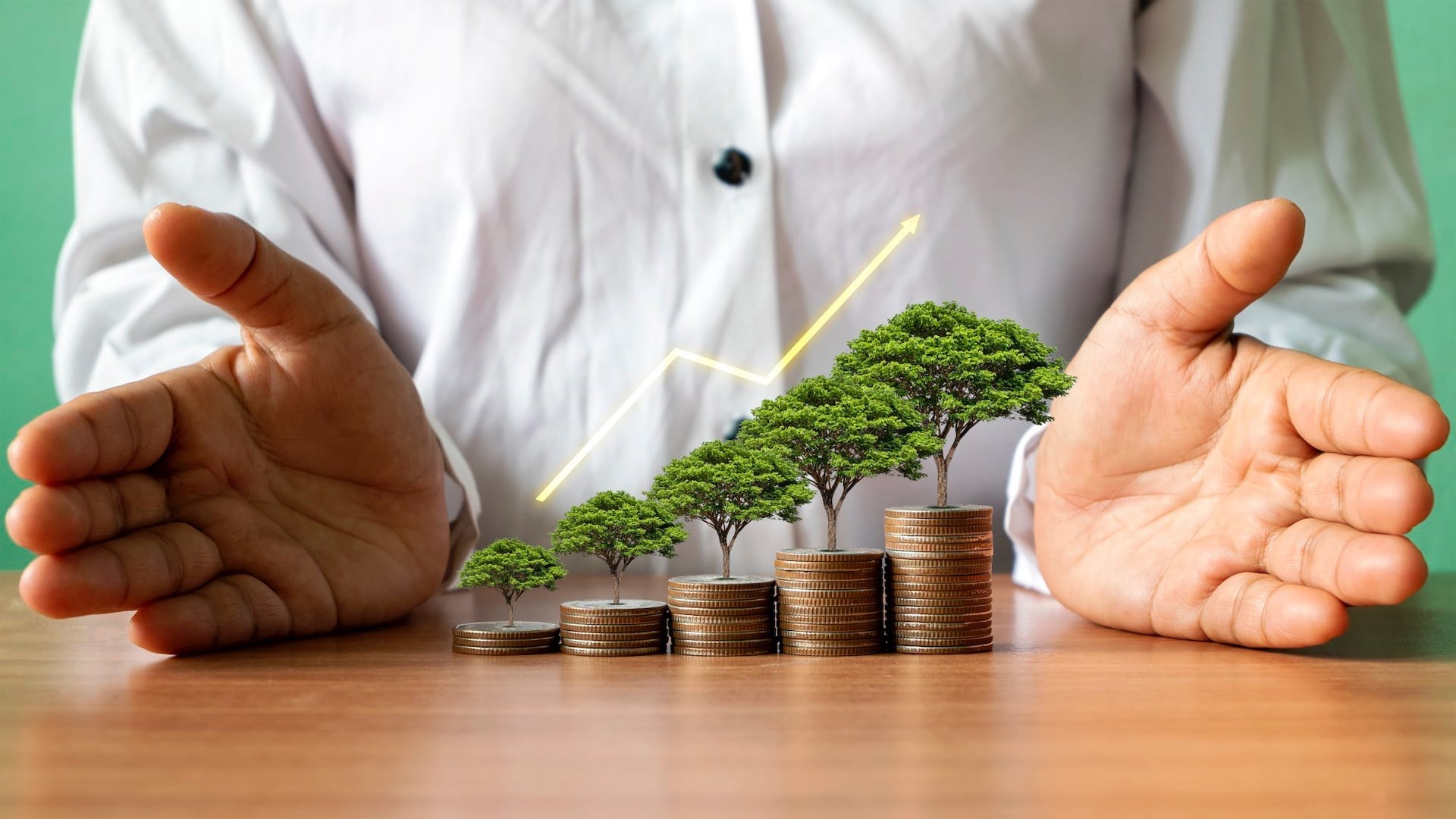Sustainable Business Practices: Driving Profit Through Environmental and Social Responsibility

In an era defined by environmental challenges, resource scarcity, and shifting consumer preferences, sustainable business practices have moved from a peripheral concern to a central strategic imperative. For today’s businesses, sustainability is no longer just a way to mitigate risks; it’s a powerful driver of innovation, profitability, and competitive advantage. Across industries, companies are recognizing that aligning with sustainability goals not only protects the planet but also builds trust, enhances brand reputation, and opens new growth opportunities. This article explores the importance of sustainability in business, examines current trends, and outlines strategies for integrating sustainable practices into modern business models.
1. The Business Case for Sustainability: Moving Beyond Compliance
In the past, sustainability was often viewed as a regulatory burden, requiring businesses to meet certain environmental or social standards to remain compliant. Today, however, it is increasingly recognized as a path to long-term profitability. Numerous studies show that companies with strong sustainability initiatives tend to outperform their peers financially. Sustainable practices can reduce operational costs, enhance resource efficiency, and attract both customers and investors.
Consider the case of Unilever, a consumer goods giant that has adopted a “Sustainable Living Plan” to reduce its environmental footprint and increase positive social impact. By integrating sustainability into its products and supply chains, Unilever has seen consistent growth in its sustainable brands, which now account for over 70% of the company’s growth.
2. Green Consumerism: Meeting the Demands of a Conscious Customer Base
As awareness of climate change and environmental degradation grows, so does demand for sustainable products and services. Today’s consumers are increasingly conscious of the environmental and social impact of their purchasing choices. According to recent surveys, more than two-thirds of global consumers are willing to pay more for sustainable products, and over 80% of millennials expect the brands they support to prioritize environmental and social responsibility.
Companies that actively address this demand for “green” products not only enhance their reputation but also open up new revenue streams. For instance, Patagonia has embraced sustainability at its core, promoting the repair and reuse of its products instead of encouraging frequent purchases. This approach resonates deeply with environmentally-conscious consumers, creating brand loyalty and enhancing Patagonia’s market position.
3. Reducing Waste and Enhancing Efficiency Through Circular Economy Models
One of the most promising trends in sustainable business is the shift towards a circular economy, which seeks to minimize waste and make the most of resources. A circular economy model contrasts with the traditional “take-make-dispose” approach by focusing on reuse, recycling, and regeneration. Many companies are now designing products with longevity in mind, creating systems for product take-back, and finding ways to repurpose waste as valuable inputs for new processes.
For example, tech giant Apple has set ambitious goals to make its products using 100% recycled materials. Its recycling program, led by innovative robots that disassemble used devices, enables Apple to recover valuable materials like aluminum, cobalt, and rare earth metals for use in future products. This approach reduces environmental impact and secures a stable supply of valuable resources in an increasingly resource-constrained world.
4. ESG Investing: Attracting Capital Through Sustainability Commitments
Environmental, Social, and Governance (ESG) investing has gained tremendous momentum over the past decade, with investors increasingly looking for companies committed to sustainability. ESG funds have seen record inflows, and large institutional investors, such as BlackRock, have made clear that companies failing to address ESG factors may face a loss of investment. By committing to sustainable practices, companies can attract capital from these environmentally-conscious investors, potentially boosting stock performance and reducing the cost of capital.
Microsoft’s $1 billion “Climate Innovation Fund” is an example of a corporate commitment to ESG principles. By investing in carbon-reducing technologies and aiming to be carbon negative by 2030, Microsoft has garnered significant investor attention, reinforcing the link between sustainability and financial success.
5. Supply Chain Sustainability: Ensuring Accountability and Transparency
One of the biggest challenges companies face in implementing sustainable practices lies within their supply chains. With globalization, supply chains have become complex networks that span continents, involving multiple tiers of suppliers. Ensuring environmental and social responsibility across such an extensive network is no small feat. However, companies are finding that by fostering transparency, auditing suppliers, and enforcing sustainability standards, they can reduce risks and increase resilience.
The apparel industry has been especially scrutinized for labor and environmental issues in its supply chains. In response, companies like Nike and H&M are increasingly implementing transparent sourcing practices, setting clear sustainability standards for suppliers, and collaborating with industry organizations to address systemic issues. By doing so, they not only mitigate reputational risks but also contribute to better working conditions and environmental protection across the globe.
6. Sustainable Innovation: Turning Challenges into Opportunities
As companies pursue sustainability, they often encounter challenges that require innovative solutions. Whether it’s developing eco-friendly packaging, finding ways to reduce energy consumption, or minimizing water usage, the need for sustainable innovation is driving new products, services, and business models. Many companies are finding that sustainability challenges spark creative ideas that can differentiate them in the market and attract customers who value environmental responsibility.
Take, for instance, the food industry’s shift toward plant-based alternatives as consumers seek environmentally friendly and health-conscious options. Companies like Beyond Meat and Impossible Foods have pioneered plant-based meat substitutes that have a significantly smaller environmental footprint than traditional meat. This innovation not only aligns with consumer preferences but also addresses critical sustainability concerns related to water use, greenhouse gas emissions, and land conservation.
7. Building a Culture of Sustainability Within the Organization
Integrating sustainability into the core of a business requires a cultural shift that starts at the top and permeates every level of the organization. Leaders play a crucial role in setting a vision for sustainability, aligning the company’s mission and goals with sustainable practices, and fostering a mindset that values social and environmental responsibility. By training employees on sustainable practices, setting clear objectives, and encouraging sustainable behavior, companies can create a workforce that is aligned with their sustainability goals.
For example, IKEA has adopted a sustainability-focused corporate culture that encourages employees to consider the environmental impact of their decisions. By embedding sustainability into employee training programs, IKEA has created a shared commitment across the organization to meet its ambitious sustainability targets, including using only renewable or recycled materials by 2030.
8. Leveraging Technology to Support Sustainable Practices
Advancements in technology, from AI to blockchain, are enabling new and more efficient ways for companies to implement sustainable practices. AI can optimize energy usage, blockchain can provide transparency in supply chains, and the Internet of Things (IoT) can monitor resource consumption in real-time. By leveraging these technologies, companies can enhance their sustainability efforts, track their environmental impact, and make data-driven decisions that reduce waste and improve efficiency.
For example, logistics company DHL uses AI to optimize routes, reducing fuel consumption and carbon emissions in its delivery operations. In agriculture, IoT sensors are used to monitor water usage, helping farmers conserve water resources while maintaining crop yields. By adopting these technologies, companies can achieve sustainability goals and operate more efficiently.
Conclusion
The integration of sustainable practices into business strategies is no longer a “nice-to-have” – it is a necessity for companies that want to remain competitive, attract investors, and meet the evolving expectations of consumers. From enhancing operational efficiency to fostering brand loyalty and driving innovation, sustainability is a powerful lever for business growth and resilience.
While challenges remain, businesses that commit to sustainability are not only contributing to a healthier planet but are also building a legacy of responsibility, trust, and profitability. As we look to the future, companies that embrace sustainable practices will be better positioned to navigate the complexities of a rapidly changing world, seizing the opportunities that sustainability offers and paving the way for a prosperous, resilient, and responsible business landscape.




